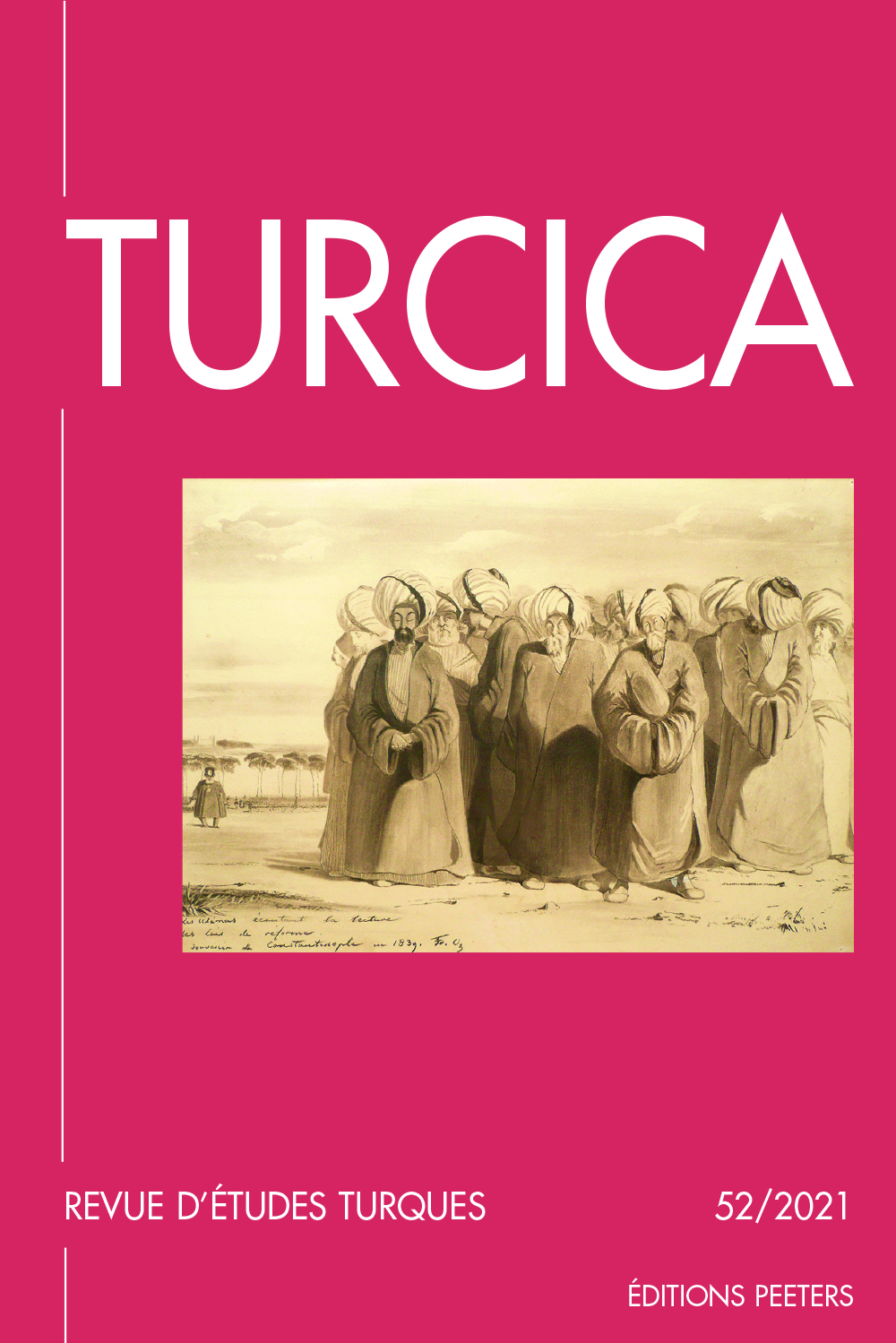 previous article in this issue previous article in this issue | next article in this issue  |

|
Document Details : Title: A Selçuk Hamam at Ağlasun (Burdur Province), Turkey Author(s): VANHAVERBEKE, H., BAŞAGAÇ, Ö. , PAUL, K. , WAELKENS, M. Journal: Turcica Volume: 37 Date: 2005 Pages: 309-336 DOI: 10.2143/TURC.37.0.2011709 Abstract : In 2002 the well-preserved remains of a hamam were discovered in the village of Ağlasun (Burdur Province, Turkey). The hamam is a small building, preceded by a semi-open space leading to four internal rooms. Based on its plan and its technical and decorative aspects, it can be compared to similar buildings in Turkey erected during the first half of the 13th century AD. Most of these hamams were part of caravansarays. Some evidence exists that also in the case of Ağlasun, the hamam was integrated in a caravansaray. The location of the village and its hamam, midway between İncir Han and Egridir, near the course of the ancient caravansaray route, supports this hypothesis. Since the caravansaray is on the same stretch of road as three other caravansarays (Kırkgöz Han, Susuz Han and İncir Han) dated to the reign of Giyaseddin Kayhosrau II (1237-1246 AD), it seems highly likely that also the han at Ağlasun dates to this period, as is indicated by the date proposed for the construction of the hamam. Un hammam seldjoukide à Aglasun (province de Burdur), Turquie En 2002, les vestiges bien préservés d’un hammam ont été découverts dans le village d’Ağlasun (province de Burdur, Turquie). Il s’agit d’une constructionde petite taille, précédée d’un espace semi-ouvert donnant accès à quatre salles. À considérer son plan et ses caractéristiques techniques et décoratives, il est comparable à des édifices similaires bâtis en Turquie durant la première moitié du XIIIe siècle ap. J.-C. La plupart de ces hammams étaient partie intégrante d’un caravansérail. Or, certaines indications laissent à penser que c’était également le cas du hammam d’Aglasun. Cette hypothèse est notamment favorisée par le fait que le village et son hammam se situent à mi-chemin entre Incir Han et Egridir, à proximité de l’ancienne route caravanière. Le fait que le caravansérail se situe le long de la même route que trois autres structures similaires (Kırgöz Han, Susuz Han et İncir Han) datées du règne de Giyaseddin Kayhosrau II (1237-1246 ap. J.-C.), rend probable une datation à la même période, comme indiqué par la date proposée pour la construction du hammam. |
 |
